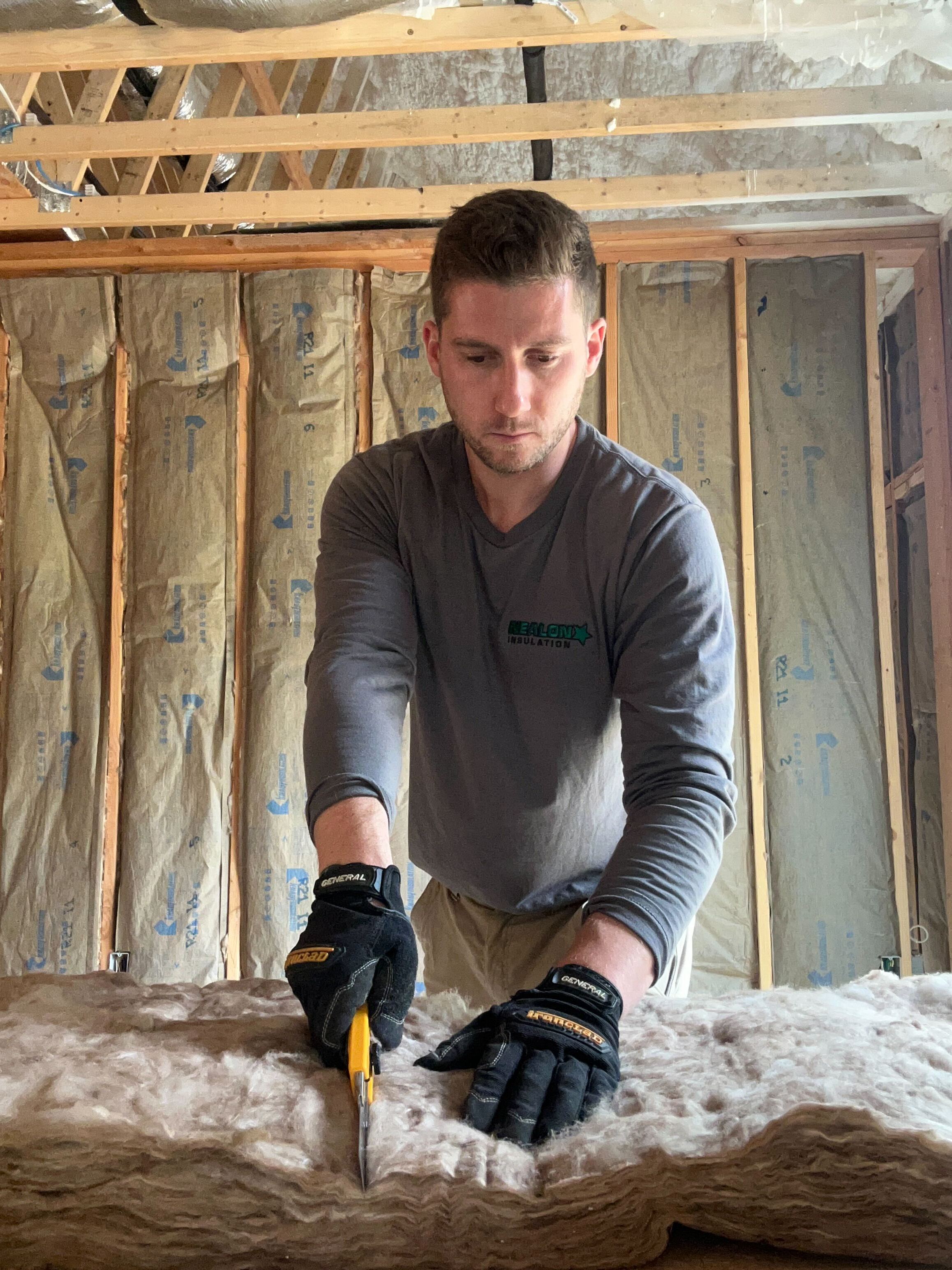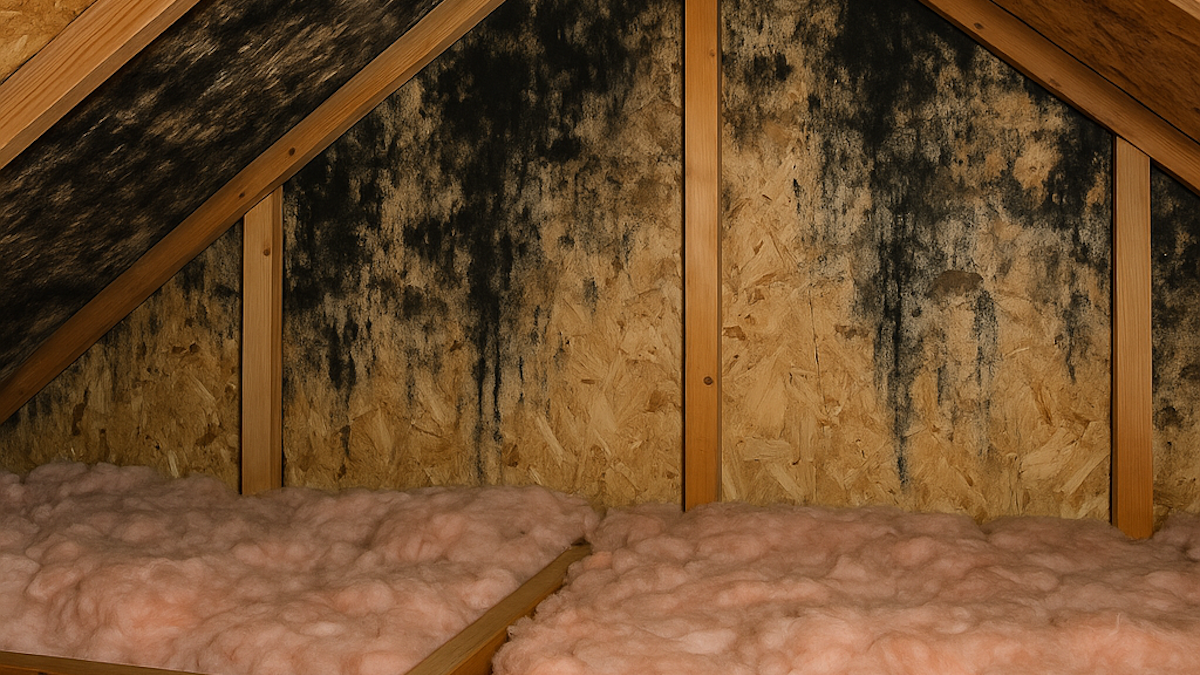How Much R-Value Do I Need? Try Our R-Value Calculator

Find out exactly how much insulation your home needs—without the guesswork.
Let’s get one thing straight: when it comes to keeping your home warm in the winter and cool in the summer, R-value matters. A lot. But most homeowners (and even a few contractors) don’t really know what R-value they need, where, or why.
That’s why we built a free, easy-to-use R-Value Calculator—to give you clear, code-backed recommendations based on where you live and what part of your home you’re insulating.
But before you jump in and start punching in numbers, let’s cover the basics so you actually know what you’re looking at. Here's what we'll cover in this article:
What Is R-Value, Anyway?
R-value is how we measure insulation’s resistance to heat flow. Think of it like SPF for your house—higher R-value = more protection. The better the R-value, the slower your heated (or cooled) air escapes through your walls, ceilings, and floors.
So when someone says “You’ve got R-13 in your walls,” they’re talking about how well that insulation holds the line between inside and outside temperatures.
Different insulation types have different R-values per inch:
- Fiberglass batts: ~R-3.2 per inch
- Cellulose: ~R-3.5–3.8 per inch
- Spray foam (closed-cell): ~R-6.5 per inch
Why Does R-Value Matter?
Simple: it’s the difference between a home that stays comfy for cheap... and one that bleeds money every time the heat kicks on. Insufficient R-value leads to:
- Drafty rooms
- Sky-high utility bills
- HVAC systems working overtime
- Unhappy homeowners (maybe you?)
The Department of Energy and local building codes require specific R-values depending on where you live. But unless you’ve memorized the DOE’s climate zone map (we have, but we’re weird like that), figuring it out on your own is a pain.
A Quick Note on Climate Zones
The U.S. is divided into climate zones (Connecticut is mostly Zone 5), and those zones determine how much insulation your home needs.

For example:
- Zone 3 (warmer southern states) might only need R-30 in the attic.
- Zone 5 (Connecticut) usually calls for R-49 to R-60 in the attic.
- Zone 7 (northern tier)? You’re looking at R-60+ and tight air sealing.
You also need different R-values depending on whether you're insulating an attic, basement or wall. Garage's don't have unique R-Values. That's where things get tricky.
Enter: the R-value calculator.
R-Value Calculator
We built this tool to take the confusion out of calculating R-value. Just plug in:
- Your state and county
- The part of your home you want to insulate
...and boom—you’ll get the recommended minimum and maximum R-values based on your local code and climate.
✅ No digging through PDFs
✅ No guessing
✅ No wrong answers
Whether you’re upgrading attic insulation, finishing a basement, or insulating a new addition, this calculator gives you a clear starting point. From there, we can help you figure out the right material and get the job done.
Try Our R-Value Calculator
Use this R-value calculator to find out what your home really needs—and let’s make sure you’re not under-insulated, overpaying, or leaving comfort on the table.
Common FAQ's About R-Value
What happens if I go too high with R-value?
If you go too high with R-value, the insulation delivers diminishing returns after meeting your climate zone’s recommendation. Extra insulation raises material and labor costs without major energy savings. Overstuffing can also compress insulation, reducing its effective R-value and undermining performance.
Does R-value change if insulation gets wet?
Yes, R-value drops when insulation gets wet. Fiberglass and cellulose can lose up to 50% of their insulating power when soaked, with cellulose also clumping and settling. Closed-cell spray foam resists moisture and maintains its R-value even in damp or humid environments.
Why does attic insulation need a higher R-value than walls?
Attic insulation needs a higher R-value than walls because heat rises and escapes most easily through the roof. Energy loss is greater in attics, so building codes and DOE guidelines specify higher R-values there. The attic acts like a head in winter—extra insulation provides essential protection.
Does insulation’s R-value decrease over time?
Yes, insulation’s R-value can decrease over time depending on the material. Fiberglass and cellulose may settle or shift, creating gaps that reduce effectiveness. Spray foam maintains its R-value longer but can degrade with UV exposure. Regular inspections ensure performance and protect comfort and efficiency.
Do all R-13 insulations perform the same?
No, not all R-13 insulations perform the same. While R-value measures resistance to heat flow, air leakage and installation quality change real-world performance. Poorly installed fiberglass batts with gaps can underperform compared to properly installed cellulose of the same R-value. Air sealing and craftsmanship matter as much as the number.
Related Articles
Let's Work Together
Ready to transform your home into an energy-efficient haven? Schedule your free energy assessment today and experience the Nealon difference for yourself.


.png)
